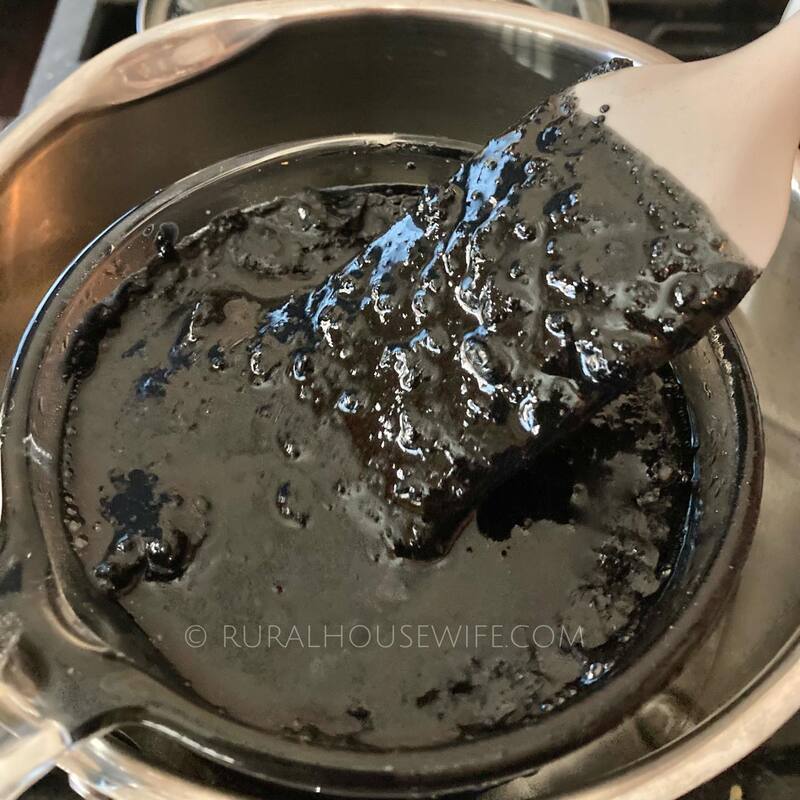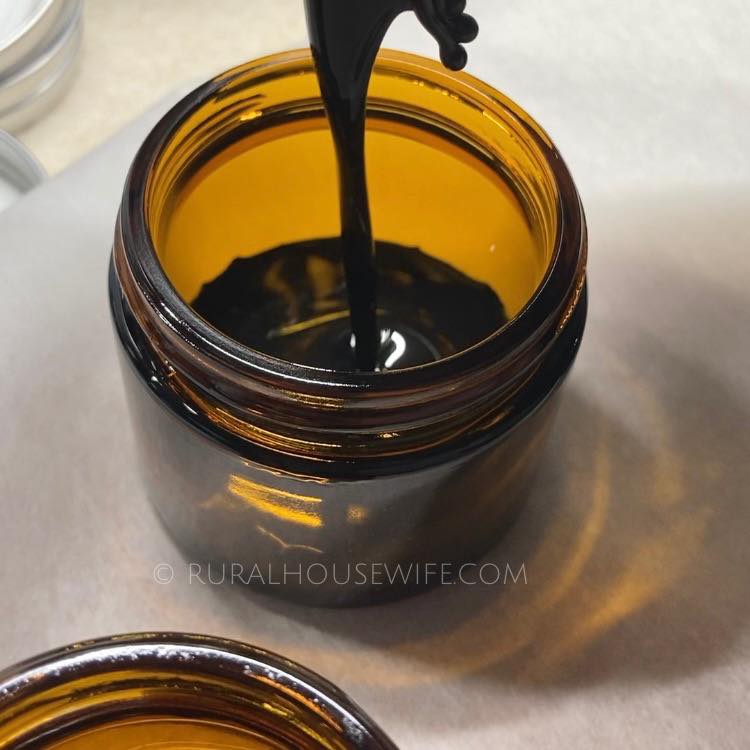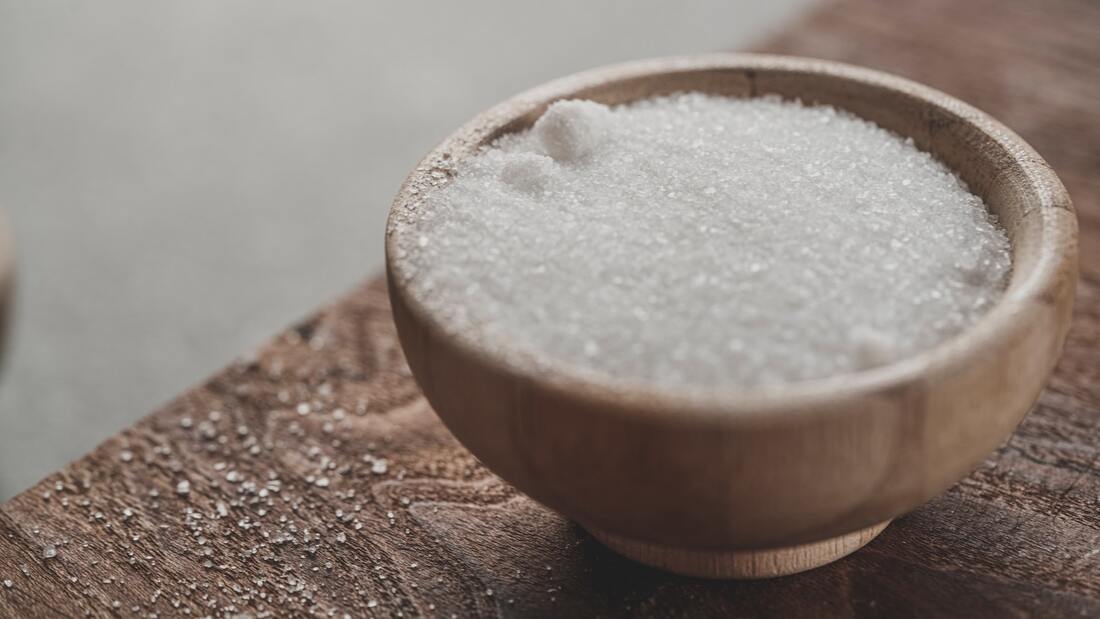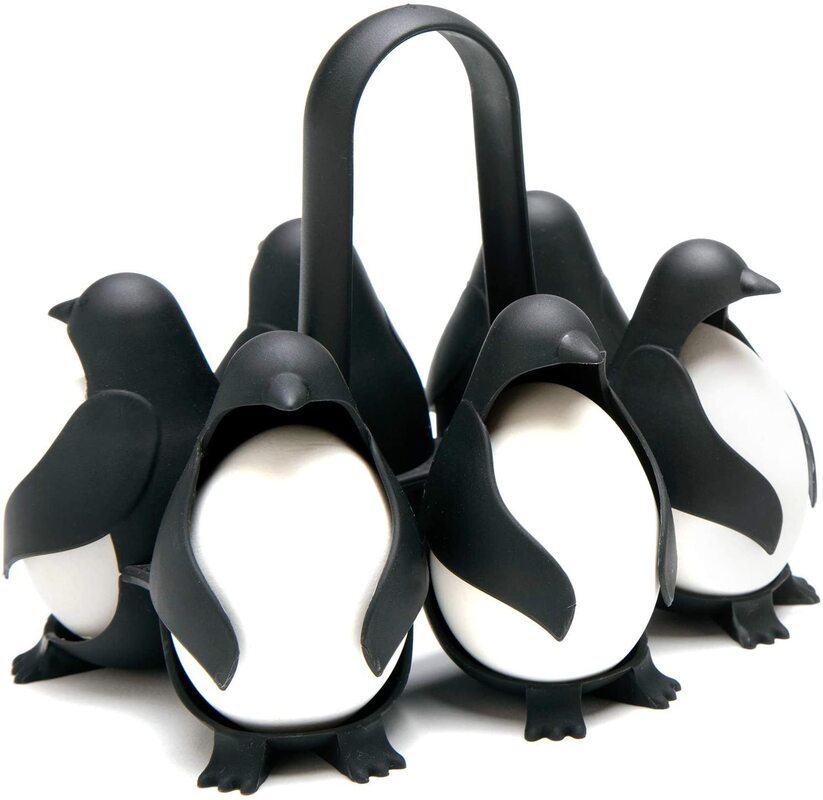Lilacs boast a plethora of health benefits:
 LILAC OIL INFUSION INGREDIENTS
LILAC TONER Lilac blossoms and leaves possess astringent qualities, which can help to firm and mildly dry the skin, making them beneficial for individuals with oily or acne-prone skin. Try preparing the Lilac Toner provided below, or simply apply Lilac Infusion to your face after cleansing. Lilac also serves as an excellent tonic for both hair and scalp. Gently massage Lilac Infusion onto your scalp to fortify your hair from the roots and alleviate dandruff concerns.
0 Comments
This activated charcoal drawing salve is known to help draw out splinters, boils, and insect bites. Place small amount on the offending spot, then cover with a bandage for at least 12 hours. Repeat as needed. Please test on a small area of your skin to make sure you are not allergic to any of the ingredients. 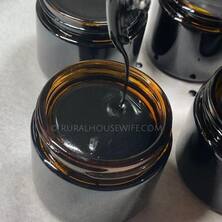 INGREDIENTS 1 cup castor oil (or any organic oil) - I used 1/2 castor oil and 1/2 my infused lemon balm oil. 1/4 cup beeswax 2 tbsp activated charcoal 2 tbsp bentonite clay powder essential oils of your choice DIRECTIONS
Recently we bought a large bags of iodized salt, Epsom salt, and kosher salt to keep in our pantry. So for my reference, and now yours, here are some great uses for salt. Oh, and make sure to use the correct type of salt for each use. The majority of the uses are using regular salt (which is iodized salt), some point out that Epsom salt are used instead. This is very important especially in the garden & yard area. KITCHEN
GARDEN & YARD
HEALTH & BEAUTY
FOOD & DRINK
CLEANING
MISCELLANEOUS
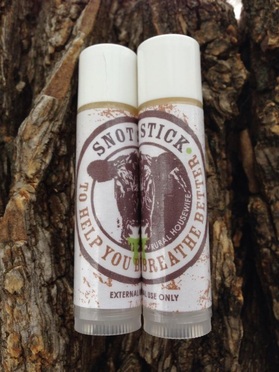 My newest creation... The Snot Stick - LOL. It is like Chapstick for your nose. It has been essential to me in dealing with this sinus infection. I have Eucalyptus, Tea Tree, and Peppermint Essential Oils to aid in reducing the inflammation and to help open up my sinuses so they will drain better. I put it under my nose and on the sides of my nose. P.S. I purchase my Essential Oils from Vitamin Cottage / Natural Grocers and they are all 100% Pure Organic. I also purchase my containers from them as well. As far as the Bee's Wax, I use from a local organic source. INGREDIENTS 1/2 ounce brick organic bee's wax (grated or chopped up for faster melting) 5 vitamin E capsules 2 tbsp coconut oil 1.5 tsp cocoa butter 25 drops peppermint 15 drops eucalyptus 10 drops tea tree oil DIRECTIONS In a double boiler place bee's wax and coconut oil and melt on medium/low heat. Stir until the beeswax is completely melted. Remove from heat and add the cocoa butter and the liquid from the vitamin E capsules (do not place the casing in the mixture - throw casing away). Once the cocoa butter is melted, add your essential oils, and stir to combine. Fill your container with the liquid and allow to set for 2-3 hours or until firm. Eucalyptus Oil "How does it work? Eucalyptus leaf contains chemicals that might help control blood sugar. It also contains chemicals that might have activity against bacteria and fungi. Eucalyptus oil contains chemicals that might help pain and inflammation. It might also block chemicals that cause asthma." For more information on Eucalyptus Oil visit WebMD where you will find Special Precautions & Warnings for Pregnancy and breast-feeding, Children, People with Diabetes, and Scheduled Surgery. Peppermint Oil "How does it work? Peppermint oil seems to reduce spasms in the digestive tract. When applied to the skin, it can cause surface warmth, which relieves pain beneath the skin." For more information on Eucalyptus Oil visit WebMD where you will find Special Precautions & Warnings. Tea Tree Oil "How does it work? The chemicals in tea tree oil may kill bacteria and fungus, and reduce allergic skin reactions." For more information on Eucalyptus Oil visit WebMD where you will find Special Precautions & Warnings. |
Categories
All
|






